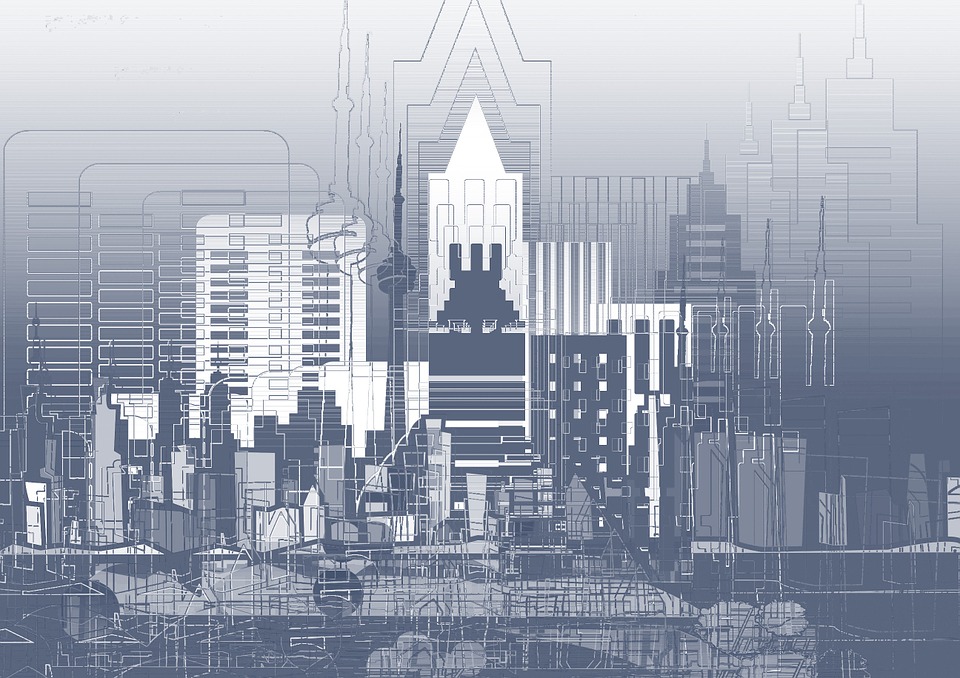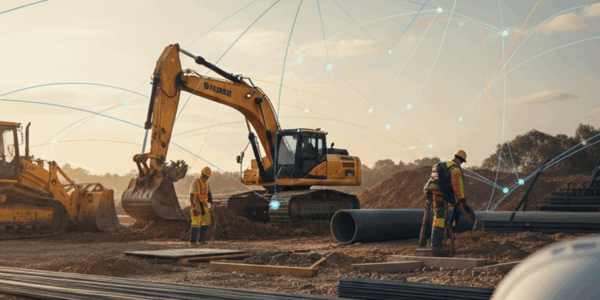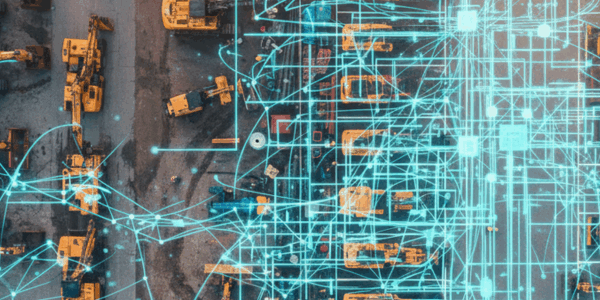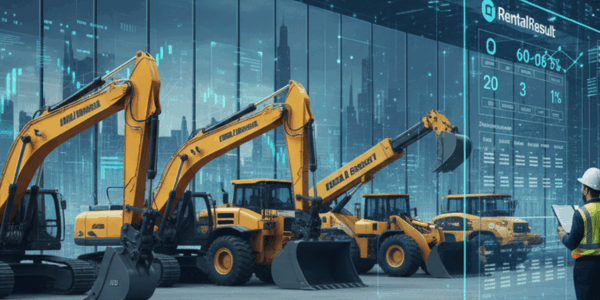
When most people hear the phrase “digital construction,” they typically picture intricate building information models, 3D printers shaping exotic materials, and drones soaring the sky. And while those innovations certainly are included by the term, digital construction also encompasses humbler technologies you won’t see on the cover of Wired magazine.
Put simply, digital construction refers to a wide variety of digital technologies capable of improving how the construction industry plans, communicates, and operates. Construction companies can digitally transform their businesses in a myriad of ways, so it’s important to remember that for every cutting edge gizmo, there are multiple tried-and-true solutions.
To help construction companies identify which technologies best suit their businesses, this blog post will highlight solutions on both ends of the digital construction spectrum.
Drones
In general, the construction industry has always taken a “wait and see” approach to embracing new technology. Despite this, drones have seen such widespread use on job sites that the construction industry has emerged as their second biggest adopter. That’s quite the testament to their efficacy!
By surveying potentially hazardous areas, drones keep people out of harm’s way and eliminate the need to rent access platforms. In addition, by surveying job sites from a bird’s eye view, drones allow managers to more accurately monitor progress and always stay in the loop, even when they’re working remotely. Some companies even use drones to provide off-hour security surveillance at their job sites. Capable of enhancing safety, lowering costs, and boosting productivity, drones are projected to see upward adoption moving forward.
Internet of Things (IoT)
IoT stands for the Internet of Things, and in the case of the construction industry, those things are equipment, assets, vehicles, sensors, and wearables. Thanks to telematics, construction companies are able to track how, where, and when their machinery and tools are used. By automatically collecting usage data (like machine hours and fuel consumption) and diagnostic information (e.g. engine load and fuel pressure), construction companies gain an unprecedented level of visibility over their fleet. Firms are able to leverage these analytics to reduce downtime and improve scheduling of preventive maintenance.
Location tracking (applied to both large-scale equipment and portable tools used by workers) allows companies to conveniently track tools across various sites, which serves to eliminate confusion and time wasted searching for things. In conjunction with the ability to capture hours of operation per piece of equipment, limits can be applied to prevent worker fatigue and possible accidents, thus improving safety. Finally, because telematics not only sends energy usage but also grants the ability for remote control, wasted electrical power can be reduced by automatically shutting off equipment after hours.
Building Information Modeling (BIM)
From ancient history to most of the last century, the construction industry made do with 2D drawings, despite their limitations. Today, the accelerated pace of modern construction demands greater accuracy and collaboration across disciplines to achieve deadlines and avoid costly rework. Building information modeling (BIM) facilitates both. By digitally representing an entire building in three dimensions (as opposed to just a flat facade or layer), BIMs contain far more information than any drawing set. This functionality allows each discipline involved in a project to annotate, connect, and share their insights to everyone at their job site. Not only does this prevent teams from working in isolated silos, but BIM also reduces rework by identifying mistakes and anomalies well before workers step foot on the job site.
3D Printing
3D printing has captured the curiosity of much of the general public for over a decade now, but the construction industry has only just started to leverage its capabilities. While a technology still in its infancy, 3D printing has the potential to revolutionize the way buildings are constructed and dramatically reduce material costs. 3D printers require less manpower to operate (than typical construction processes) and only use the exact amount of materials required for any particular job. These dual benefits are particularly beneficial to the tight margins of the construction industry. Similarly, 3D printing can help keep job sites on schedule by accelerating delivery and reducing risk thanks to their comparable simplicity and reliability. Finally, by allowing for the use of unique materials and the creation of shapes previously deemed infeasible, 3D printing expands the breadth of what construction can achieve.
Asset and Equipment Tracking Software
While not as overtly futuristic as the other entries in this blog post, asset and equipment tracking software can dramatically benefit construction companies across all sectors. From large, highly-valuable pieces of machinery to portable tools, the average job site relies on an incredible amount of equipment. Tracking the use and location of these items is crucial for a multitude of operational, financial, and logistical reasons, but can prove overwhelming without the proper assistance. Asset and equipment tracking software can make keeping tabs of equipment far easier and efficient by providing an intuitive framework to log use and location activity.
The business landscape is always seeking new ways to operate safer, faster, and more cost-effectively. And while some of the technologies covered in this blog post might seem far off, the day they become the new normal is rapidly approaching. By digitally transforming their operations, construction companies can gain a competitive advantage over their peers and futureproof their business to rapid technological advancement.




